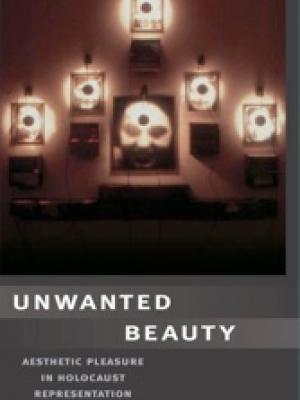
Portrayals of the Holocaust in literature, paintings, and architecture have aroused many ethical debates. How can we admire, much less enjoy, art that deals with such a horrific event? Does finding beauty in the Holocaust amount to a betrayal of its victims?
Brett Kaplan’s Unwanted Beauty meets these difficult questions head on, analyzing a wide range of Holocaust representations in order to argue that a more careful understanding of aesthetics and its relation to history can best address the anxieties raised by beauty in Holocaust art.
Building on the work of Marianne Hirsch, Leo Spitzer, and other scholars, Kaplan approaches this art from multiple perspectives, including the works created within the concentration camps and by Holocaust survivors. She analyzes how art contributes to survival and how it functions within memory and history. Addressing the literary work of Paul Celan, Charlotte Delbo, Jorge Semprun, and Edmond Jabès; the visual art of Christian Boltanski and Anselm Kiefer; and the monuments and museums of Peter Eisenman, Jochen Gerz, Esther Shalev-Gerz, and James Ingo Freed, Unwanted Beauty finds that the aesthetic pleasures in these complex and multivalent texts can transform memory in enlivening ways and open these traumatic historical events to deeper understanding.